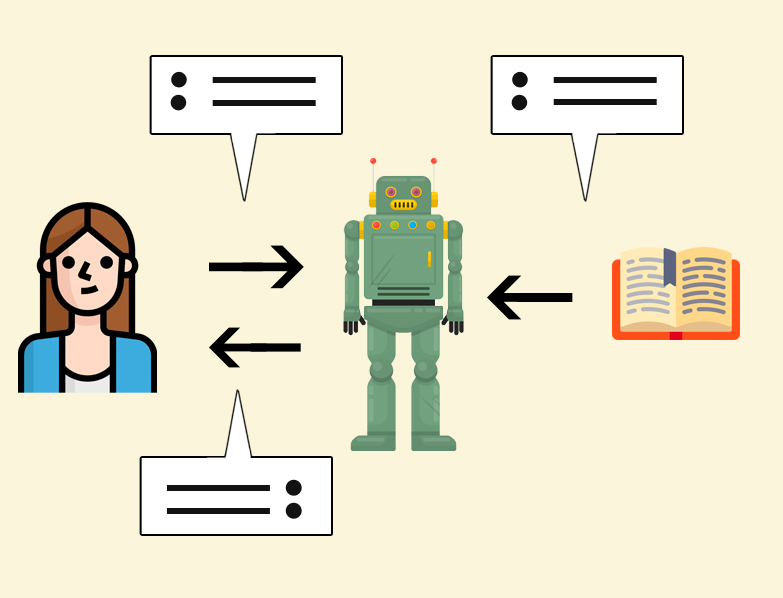Intelligent Text Generation and Why your Business Needs it
Technology is truly democratic.
The Associated Press is one of the leading independent news publishers in the country and the winner of 51 Pulitzer Prizes. It is also forward-thinking and progressive in its operations and approach since it is one of the few media companies to leverage natural language generation to automate the financial reporting process.
Thus, where AP once published only 300 quarterly financial reports, it new publishes 4,400 (which is a 15 fold increase). Readability and accuracy remain unaffected, and the equivalent of 3 full-time employees have been freed across the organization.
A media outlet was one of the early adopters of natural language generation and has successfully leveraged it to improve processes, quality, and productivity. Technology is democratic.

What is natural language generation (a.k.a NLG)?
In the simplest of terms, natural language generation is text generation. Text- whether written or spoken- is being produced from computer data which can be in the form of videos, Excel spreadsheets, metadata, etc. The NLG software mines this data in large quantities, identifies patterns, and shares the information in a way understandable to humans. This is done using a variety of tools like Language Models, Markov Chains, recurrent neural networks, LSTMs, and more.
Prospective of Natural Language Generation
Notwithstanding its immensely technical foundations, the real value of natural language generation lies in the areas of text automation, content creation, and intelligent text generation. And while there is little research as to the future of its growth, NLG has already caught fire.
Even after effectively using Tableau for data visualization and interpretation, Allstate was suffering from problems of analysis paralysis, lack of time, data overload, and misinterpretation. By integrating Wordsmith- the NLG software by Automated Insights- for Tableau Extension with the existing sales quota dashboard, Allstate’s vast data stores were automatically converted into clear insights in natural language.
Now the same dashboard exists for each field sales leader, territory sales leader, and agent. It supports them through personalized insights and action items, and thus empowers each of them to make their own data-driven decisions.
Differences between NLG and NLP
In a nutshell,
Which is to say that NLP is the actual boss! It is the act of a computer doing things with language and turning input text to structured data that it can understand for its own purposes.
Natural language generation, on the other hand, is the act of a computer writing language and turning the structured data it has into text that is readable by humans. Thus, NLG becomes a subfield of NLP.
When artificial intelligence first met language and linguistics, research focused on NLP primarily (for tasks like assigning a topic/ category to a tweet). With time, though, as machines are being designed for greater and closer-to-human intelligence, the focus has shifted to NLG as well (to write and display text like “You tend to tweet about Bitcoin…”).
Why invest in NLG?
What does all of this mean for your business? Transformation, evolution, and success.
In a pure business context, NLG can write meeting memos, press releases, legal documents, case studies, financial reports, weather reports, product descriptions, and even handle complex customer communication like a pro! Human involvement is reduced, and resources can be deployed more efficiently. NLG can also help in inventory management and act as a thorough BI reporting and analysis tool by guiding future decisions.
With the future smelling of technology, there is no way you can lag. Natural language generation promises growth and is beckoning to you. Are you ready for it?
 1-888-661-8967
1-888-661-8967

